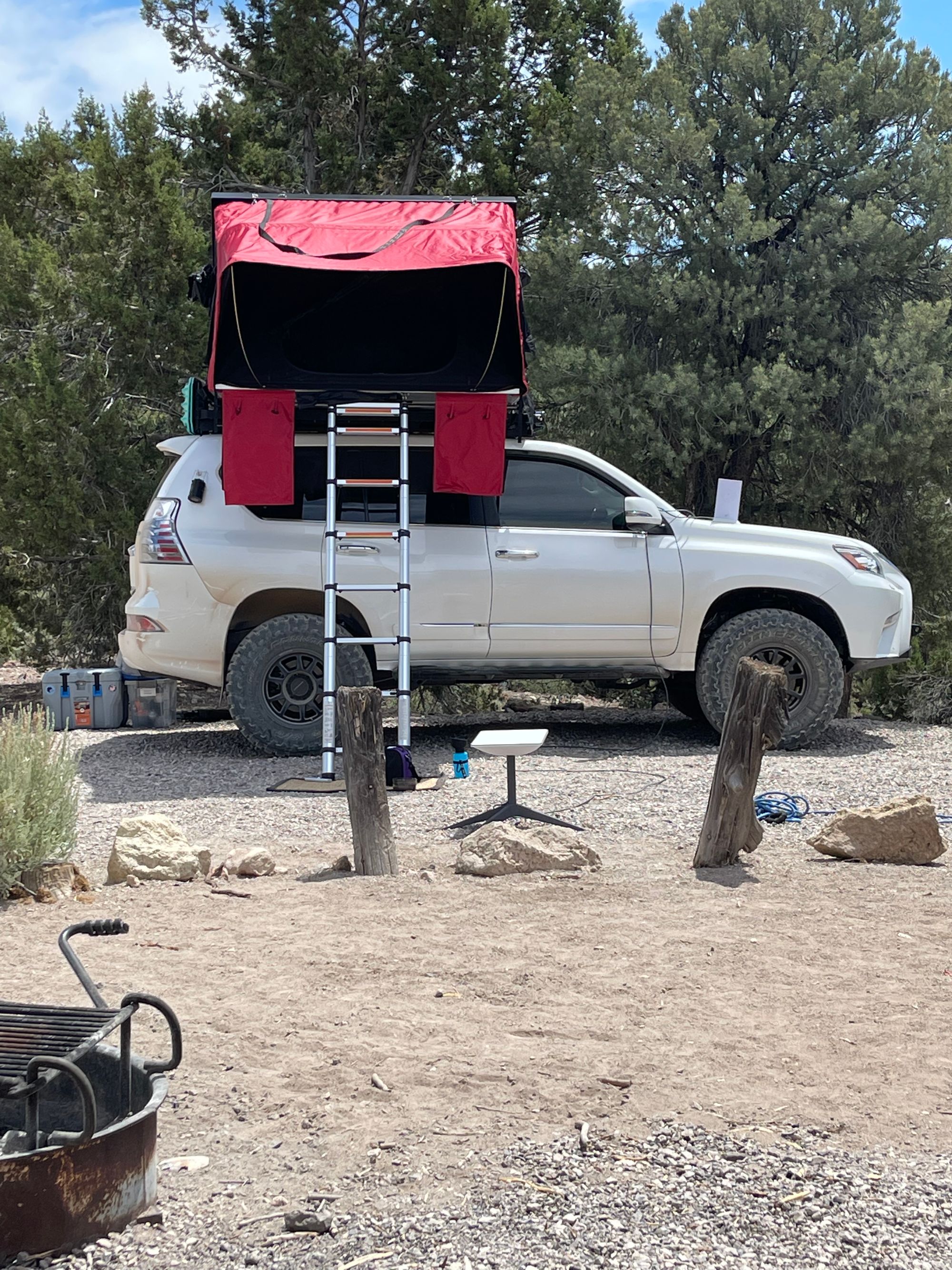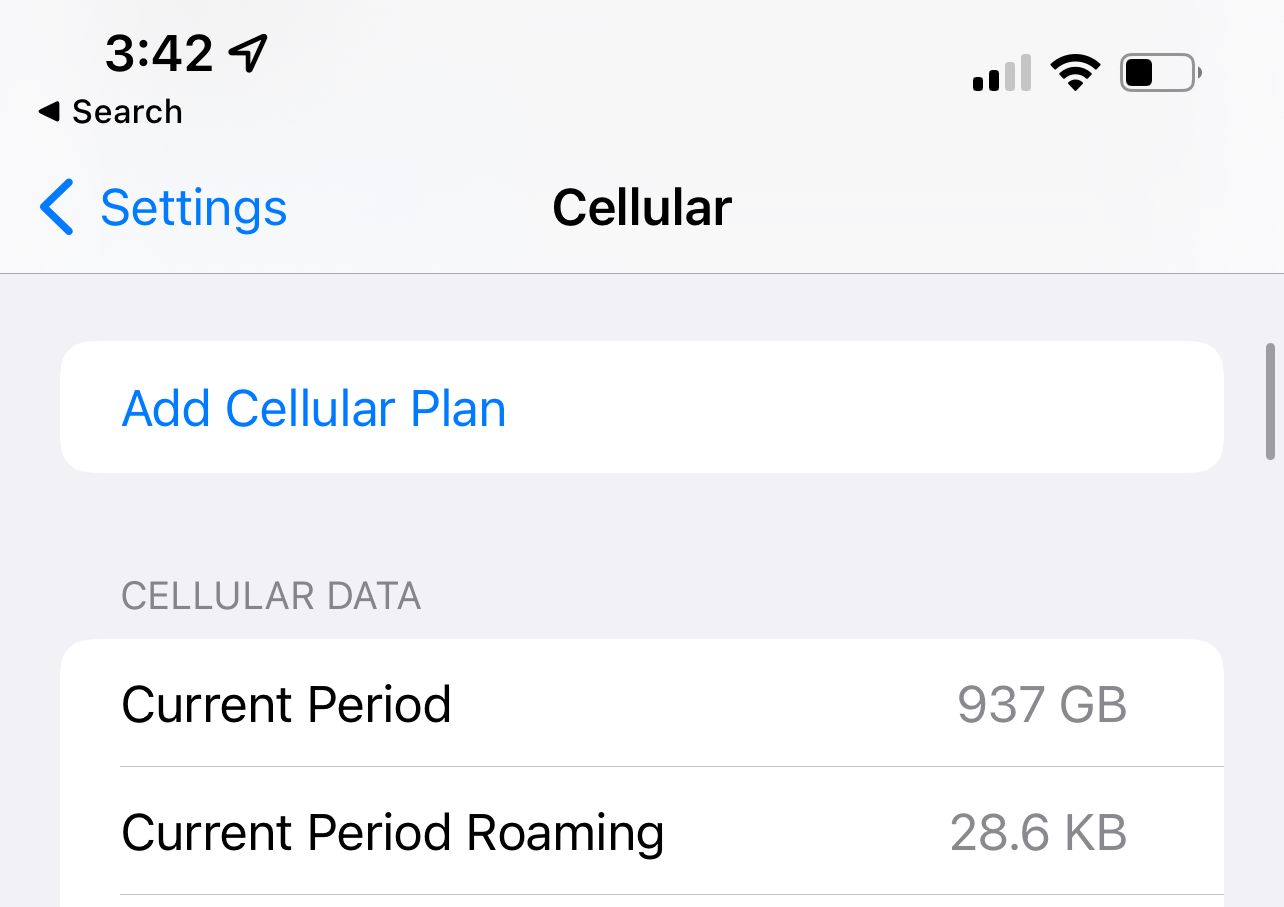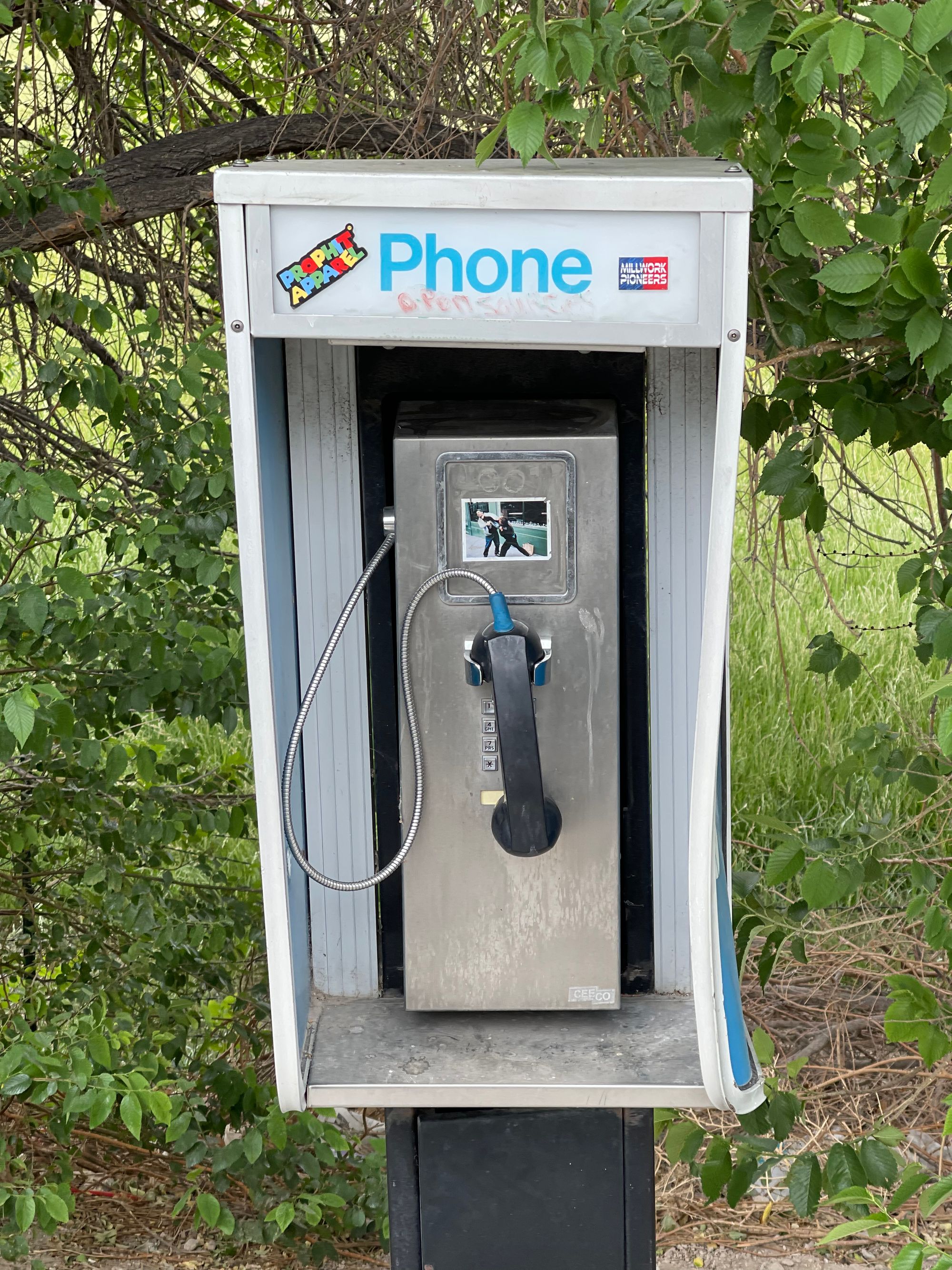Starlink and Overlanding
One of my favorite destinations is Beaver Dam State Park in Nevada, a secluded gem about half an hour from Caliente. Its isolation and the serene flow of a small stream captivate me every time. Despite the beauty, the area offers no cell service, which led me to purchase a WeBoost cellular booster, hoping for a minimal connection. Unfortunately, it didn't improve the situation.
Thankfully, I have a Spot X satellite communication system, allowing me to send basic text messages and reassure friends of my safety. However, the lack of internet access to satisfy my curiosity or answer questions can be a bit challenging. Recently, Starlink announced a service for RVs, and given my lengthy wait for the traditional Starlink system, I was skeptical about the delivery times for this new offering. To my surprise, after ordering the Starlink for RV on a Monday, the satellite terminal arrived by the end of the week.
I conducted a preliminary test in my backyard, setting everything up and performing firmware updates. The results were impressive, with speeds reaching about 150 Mbps download and 50 Mbps upload.
This past weekend, I took the setup to Beaver Dam State Park. Setting up the tent was my first task, followed by the Starlink system, eager to see if it could pierce the park's remote silence. Although I was camping alone, as my wife, Alice, was out of state, I was anxious to contact her. After a brief setup period, Starlink connected in just a few minutes, enabling me to use my iPhone as usual. I was able to FaceTime Alice, sharing that I was safe and the campsite was ready, and also notify a friend of my safe arrival. The ability to easily communicate from such a remote location was incredibly reassuring.

At first, it may sound silly because so many people want to go camping to unplug but having the ability to have Internet with a push of a button is life-changing. A little bit more detail about the Internet I was getting by the Nevada-Utah border.
Generally, I was getting 100 to 150 megs down and about 10 to 30 Mb up which is a significant speed for what I need. The Starlink terminal was using between 50 and 60 W of power plugged into a Jackery. there is a way to store or stow The terminal however I don’t know the power usage when in stow mode. Basically, I would put the satellite dish 5 to 10 feet away from the truck and run the cable inside the vehicle, and also the Jackary was inside the vehicle. this worked really well overall, however, I don’t think it would work in a rain storm because I had to leave the window cracked a little. I did bring another router with me and an ethernet adapter however I had not had time to play with it, I had over 24 hours of Internet access when I needed it. so for example in the morning I would wake up turn the Starlink on, read the news a little, text my wife, and download some papers to read. this whole process was an hour or two in the morning when I was still making breakfast and waking up. Before I left camp or after I ate breakfast I then turned off the Starlink. I’d go hiking or exploring for a few hours with a dog come back and make lunch. after lunch I would either take a nap or turn the Starlink on and maybe do some more reading (life of a ph.d student). Generally, I would leave the Starling on for a few hours after lunch. then turn off before dinner. and turn on one more time when I was backed up in the tent trying to relax and either watch a movie or FaceTime, my wife.
for me, this is a game-changing device however it’s very expensive. so it’s 135 a month however if I only go out twice a month that’s $70 a trip on Internet, which is the Vegas hotel price it seems. if I was using the star link every day $135 might not be so bad, my current household Internet is almost $500 a month however I am using the Internet every day and almost every hour of every day and doing a ton of transfers. Even my cell phone I transfer eternally a terabyte a month, which I’m sure is why AT&T probably hates me.

However, I am not sure how often how much I will use the Starlink. Starlink has an option where you can pause billing which I guess is kind of nice, however, you can only pause one month at a time I think.
Another thing I thought about is using it at my house a bit more as a backup or to augment my fiber connection, but I’m not really sure the benefit of doing that. something reason AT&T hates me that’s always super important to keep in mind is how much are you gonna use it and how much does it cost. if I go out camping for six days a month and each month I pay $135 that is $22 a day for the Internet which is really expensive. I’m hoping to use it more during the summer time when I have more free time because classes aren’t going and then maybe pause it during the last month of the year or when finals are occurring

Technology is always changing and changing very rapidly. having access to an unlimited amount of information while camping is a game changer without a doubt. What happens when I go camping is all sit down and start reading a paper and that paper reference another paper that I might not have read or might not have access to, so a star link I can hop on the VPN and then download the article and question and review that also it is really a game-changer however I am still not sold on the price yet. It’s not that $135 is really that much, however, I do not want to be pissing away $135 a month if I’m not gonna use it or utilize it unlocked and I guess that is where the question of utility comes in is how often do you plan to use it.
